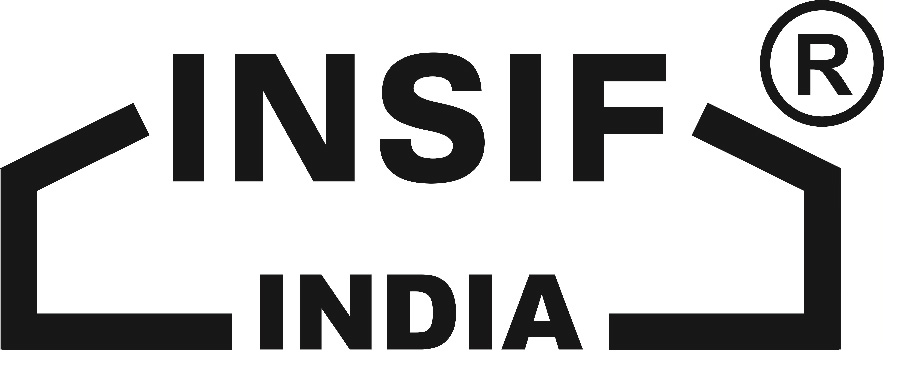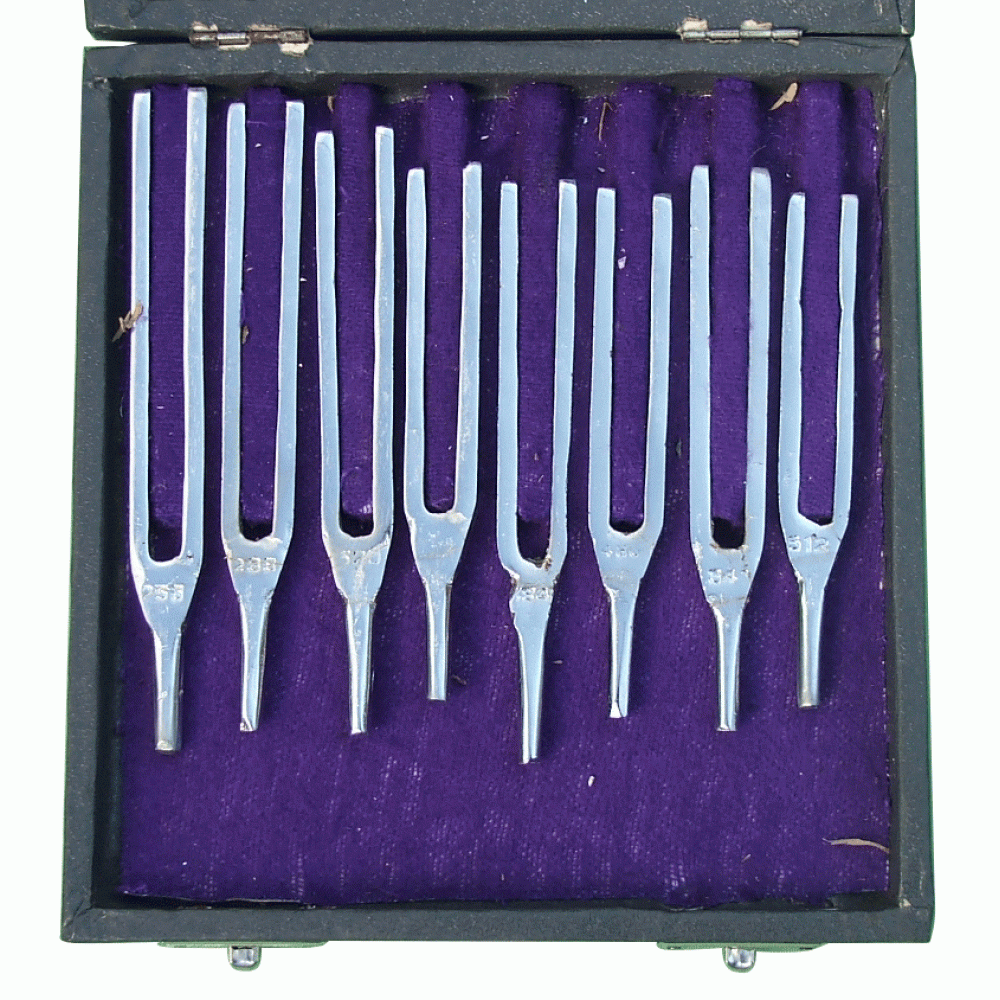Tunning Fork PYE Type
- Agriculture & Farming Lab
- Biology
- Chemistry
- Civil & Survey
- HEATING INSTRUMENTS
- Laboratory Equipments
- Laboratory Glassware
- Laboratory Plasticware
- Laboratory Plasticware
- Mathematics Kit
-
Mechanical Lab
- Actual Cut Section Working Models
- Applied Mechanics
- Different Type of Clutches of Automobile
- Different Types of Boilers
- Different Types of Boilers
- Different Types of Boilers
- Electrical Equipment Boards of Automobile
- Engine Test Rigs
- Fluid Mechanics Lab
- Heat Transfer Lab
- Hydraulics Machine Lab
- Refrigeration & Air Conditioning Lab
- Theory Of Machine Lab
- Tool Dynamometers
- Microscope
- Pankaj Test
- Pharmacy Lab Equipment's
-
Physics
- Balances
- Bi-prism and Nodal Slides
- Bridges
- Bsc Lab Experiments
- Cells , Battery & Keys
- Electronic Model
-
Experiments Of Electronics
- ADVANCE COMMUNICATION LAB
- AMPLIFIER TRAINER
- Basic Communication Lab
- Characteristics Trainer Kits
- Control Lab Trainers
- Digital Lab Trainer Kits
- E/M Trainers
- INSTRUMENTATION LAB TRAINER
- MICROCONTROLLER LAB
- Microwave Lab Trainers
- MULTIVIBRATOR TRAINERS IC-555
- Network Theorem Trainers
- Operational Amplifier Trainers
- OSCILLATOR TRAINERS
- Oscilloscopes CRO's & Function Generators
- PCB Lab Equipment's
- Physics & Material Science Lab
- Experiments Of Heat
- Experiments Of Light
- Experiments Of Matter
- Experiments Of Sound
- Galvanometers
- Heat
- Laser Experiments
- Lenses, Mirror, Prism,And Magnet
- Liquid
- Measurement Tools & Equipment’s
- Michelson Interferometer
- Models
- Msc Lab Experiments
- Multimeters
- Optics
- Physics & Material Science Lab Experiments
- Physics based Project
- Polaroide
- Potentiometer Meter Bridge Inclined
- Power Supplies
- Resistance Box ,P.O. Box,Inductance box & Capacitance Box
- SCIENCE ACTIVITY KITS
- Sound
- Telescope
- Thermometer Stop Watch
- Travelling Microscopes
- Ultrasonic Interferometer
- WEIGHT & WIRES
- Wind Mill And Engine Model
- Welding Machine
Your enquiry cart is empty!
Product Description
Tunning Fork PYE Type
- Size :- 20.3cm x 15.2 cm x 10.2 cm
- Weight :- 767 gm
A tuning fork is an acoustic resonator in the form of a two-pronged fork with the prongs (tines) formed from a U-shaped bar of elastic metal (usually steel). ... A tuning fork's pitch depends on the length and mass of the two prongs
SPECIFICATION
- Tuning fork Chromium plated use for producing sound waves by vibrating .
- The fork consists of a handle and two vibrating metal strip. When tuning fork hit with rubber hammer, the two vibrating metal strip begin to vibrate.
- The vibration of tuning folk produce disturbances of surrounding air molecules.
- Set of 8 tuning fork in chrome plated, each marked with its number with its number of vibrations. Superior quality.
- No of tunning forck in HZ 256 Hz C, 288 Hz D, 320 Hz E, 341.3 Hz, F, 384 Hz G, 426.6 Hz A, 480 Hz B and 512 Hz C. packed in Thermocol Box
- Pitches: the tuning forks are labeled C, D, E, F, G, A, B, C, representing the C Major scale. However, these tones are slightly flat of your standard C Major scale. So, if your intent is to use these as a reference pitch, such as to tune a guitar, these are not the forks for you.
HOW TUNNING FORK WORK
By hitting a tuning fork, you're causing its tines to vibrate back and forth several hundred times per second. Often, the vibrations are so fast that they're not visible to the human eye. If you need proof, simply dip a humming tuning fork into a cup of water -- it'll kick up a surprisingly large jet of water. In scientific terms, the speed of a tuning fork's vibrations is known as its frequency, a quantity measured in hertz (Hz), or vibrations per second.
The faster a tuning fork's frequency, the higher the pitch of the note it plays. For instance, for a tuning fork to mimic the top key on a piano, it needs to vibrate at 4,000 Hz. To mimic the lowest key, on the other hand, it would only need to vibrate at 28 Hz.



